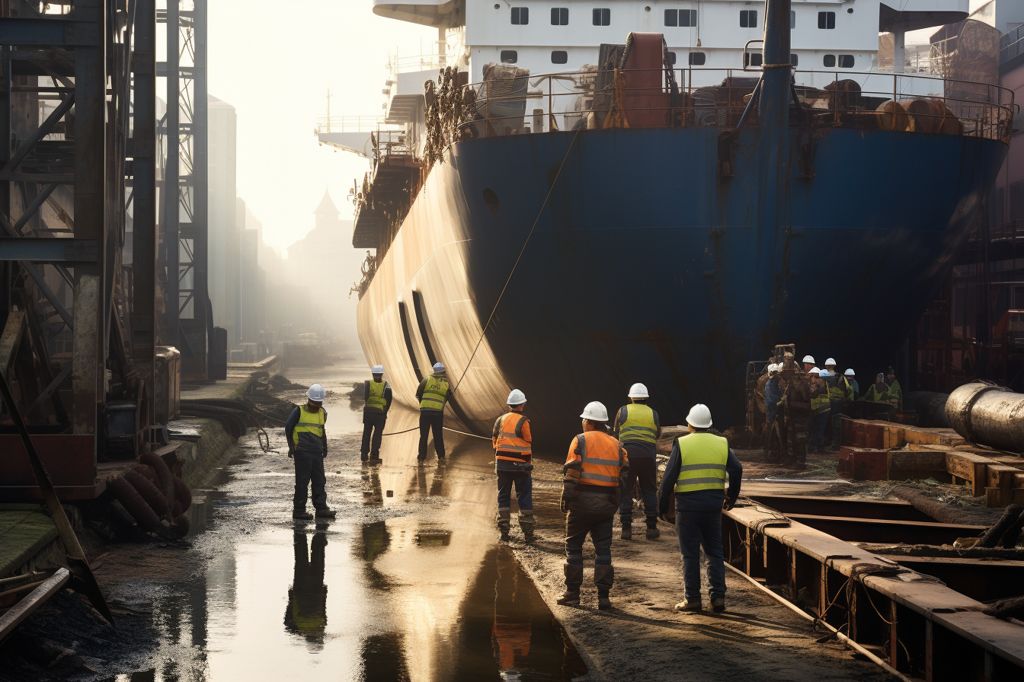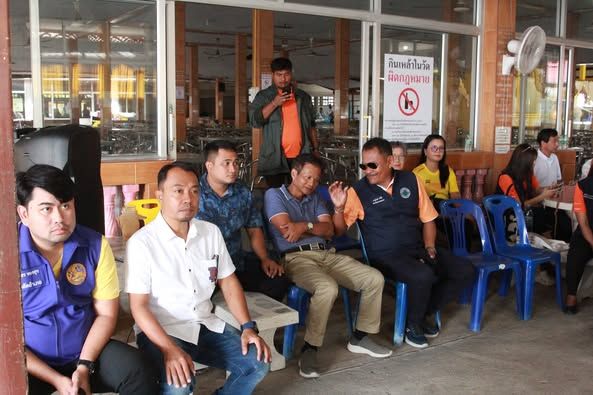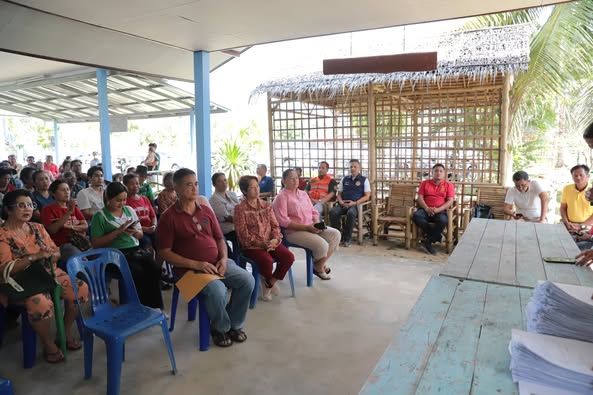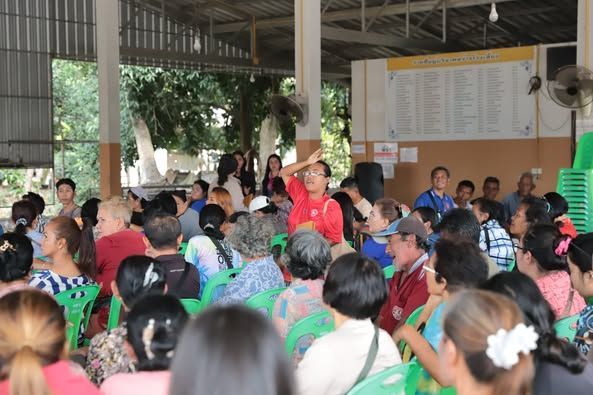Project Overview
The southern land bridge megaproject, valued at approximately 1 trillion baht, aims to enhance connectivity and boost economic development in Thailand’s southern region. Initiated by the Prayut-Chan-o-cha government in 2021, the land bridge project complements the Eastern Economic Corridor (EEC) initiative and is designed to connect the Andaman Sea and the Gulf of Thailand via Ranong and Chumphon provinces. The project is set to improve the nation’s land and marine infrastructure.
Benefits of the Land Bridge
The land bridge is expected to become a new logistics and transport hub, providing a faster shipping route from the Indian Ocean to the Pacific Ocean. By reducing travel time through the Strait of Malacca from nine days to five days, the project aims to cut costs and alleviate congestion. Additionally, the land bridge will support connectivity between the EEC, the Greater Mekong Subregion, southern China, ASEAN, and Bay of Bengal Initiative for Multi-Sectoral Technical and Economic Cooperation member countries.
Project Components
Deep-Sea Ports
Costing over 636 billion baht, two deep-sea ports will be constructed—one at Laem Riw cape in Chumphon on the Gulf of Thailand side and the other at Laem Ao Ang cape in Ranong on the Andaman coast. Each port will handle approximately 20 million TEUs (Twenty-foot Equivalent Units) of container throughput.
Motorway and Dual-Track Railway
A motorway and a dual-track railway will be built to connect the two provinces, covering a total distance of approximately 89.35 km. The construction cost for this component is estimated at over 223 billion baht.
Single Rail Transfer
Valued at more than 141 billion baht, the Single Rail Transfer project will connect ship cargo with rail transport between the two provinces. The project is set to be carried out in four phases from 2025 to 2030.
Current Status
Transport Minister Suriya Jungrungreangkit has clarified that the project is not being scrapped, and the Office of Transport and Traffic Policy and Planning (OTP) is currently conducting a study on the project. The feasibility study and Environmental Impact Assessment (EIA), which began in March 2021, are expected to be completed by September 2024. Initial findings will be presented to the new cabinet for consideration in the upcoming month.
The project is entirely funded by the private sector, and three foreign investors have already expressed interest. Additionally, the ministry plans to hold roadshows in China, the US, and Europe to attract more investment.
Stakeholder Opinions
While industry experts and organizations, such as the Thai National Shippers’ Council (TNSC), support the project, they emphasize the need for careful consideration of its high investment costs. Concerns include potential limited demand for shipping via Thailand and the importance of designing environmentally friendly “smart and green” ports. They also suggest that thorough studies and trials should be conducted to ensure the project’s effectiveness in meeting its goals and providing quality services.




